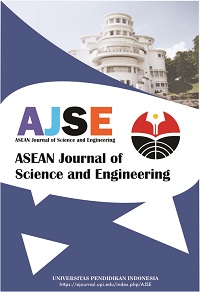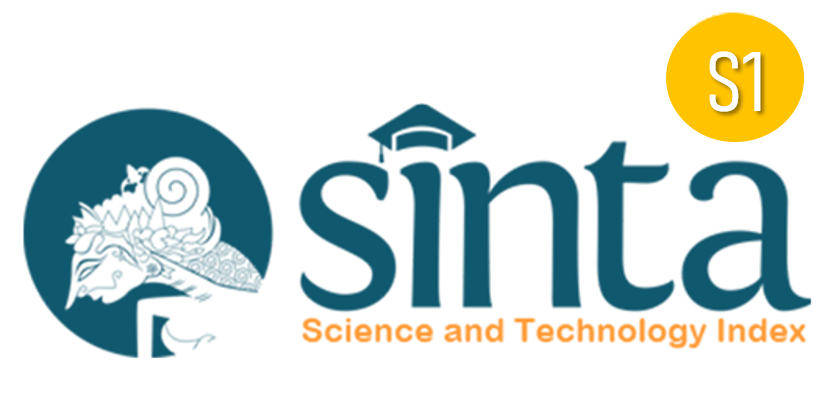Development of Chiller Simulation System
Abstract
Each student got their learning style. In skills institutions, students' learning styles are more visual and kinesthetic than auditory. This is because teachers who do not diversify the teaching system will impact their students. Besides, students will become bored and lose focus due to non-interactive teaching sessions. Teaching aids also act as a tool that can provide fun and a more profound interest in teaching content. Moreover, the application of high-tech skills that match with the era of the industrial revolution 4.0 will improve skills and knowledge. This study aims to improve the teaching quality for the Course DMC2333 Water Cooled Chiller and Air-Cooled Chiller course. In this study, researchers have chosen the ADDIE design model as a guide in developing this product. The evaluation was done using a questionnaire that has been certified by three experts in mechanical, especially in the field of Refrigeration and Air Conditioning. The items developed by the researcher are divided into three primary constructs, which are design, development, and functionality. Each section was divided into several things that help in answering the research questions. The findings found that all experts agreed with the items in the questionnaire. However, there are also comments and suggestions for improvement attached by each expert. The results of these comments and enhancements can help researchers further improve the product's effectiveness in the following study.
Keywords
Full Text:
PDFReferences
Azman, M. N. A., Azli, N. A., Mustapha, R., Balakrishnan, B., and Isa, N. K. M. (2014). Penggunaan alat bantu mengajar ke atas guru pelatih bagi topik kerja kayu, paip dan logam. Sains Humanika, 3(1), 77-85.
Hanif, A. S., Azman, M. N., Pratama, H., and Ma’arof, N. N. M. I. (2017). Kit pemantauan penyambungan litar elektrik: Satu kajian efikasi alat bantu mengajar (Schematic circuit and circuit connectivity kits for Malaysian science students: An efficacy study of a teaching aid). Geografia-Malaysian Journal of Society and Space, 12(3).
Juhász, C., Muhi, K., and Johanyák, Z. C. (2019). EddiE–3d scanning and augmented reality in Education. Műszaki Tudományos Közlemények, 11(1), 93-96.
M. J. S. Arya and D. N. K. Chavda. (2014). “Design and performance analysis of a network-on-chip using FPGA” Des. Perform. Anal. Fault Secur, 4(6), 19–25.
Mannir, M., Getso, A., and Ismail, M. (2017). Internet of things and smartdust: the future of wireless internet of things and smartdust. International Journal of Information System and Engineering, 5(1), 13-23.
Souza De Oliveira, P., and Sommer, L. (2017). Globalization and digitalization as challenges for a professional career in manufacturing industries—differences in awareness and knowledge of students from Brazil and Germany. Education Sciences, 7(2), 55.
Sulaiman, A. A., Yunus, M. A., and Umar, A. (2017). Effective application of local teaching aids for cost control in learning islamic studies in Nasarawa State, Nigeria. International Journal of Education and Practice, 5(3), 40-44.
DOI: https://doi.org/10.17509/ajse.v1i1.33769
Refbacks
- There are currently no refbacks.
Copyright (c) 1970 Universitas Pendidikan Indonesia

This work is licensed under a Creative Commons Attribution-ShareAlike 4.0 International License.












